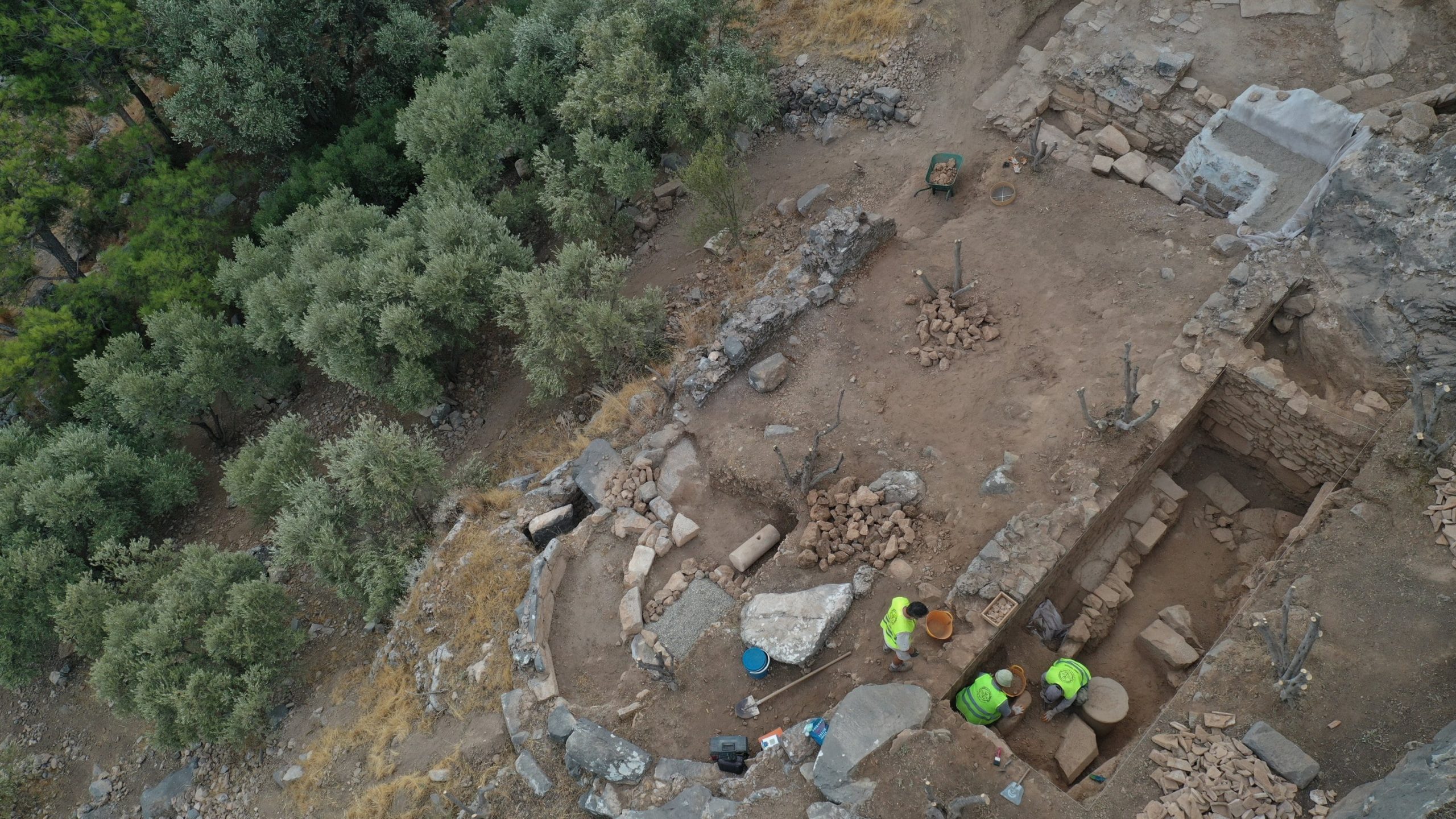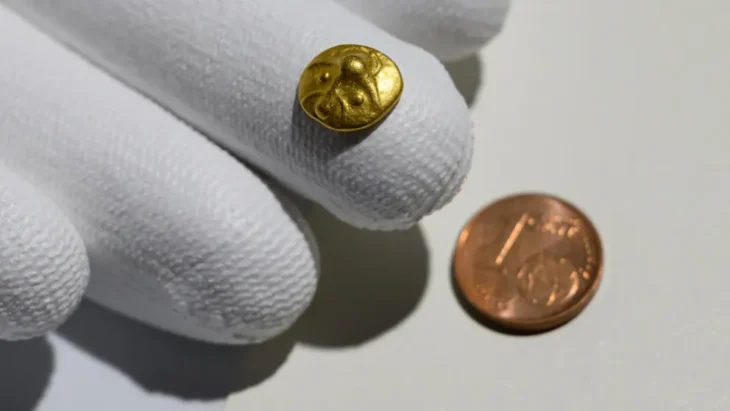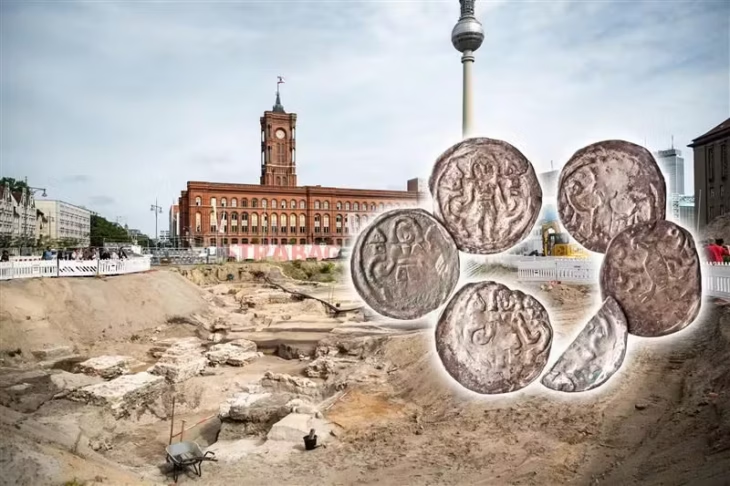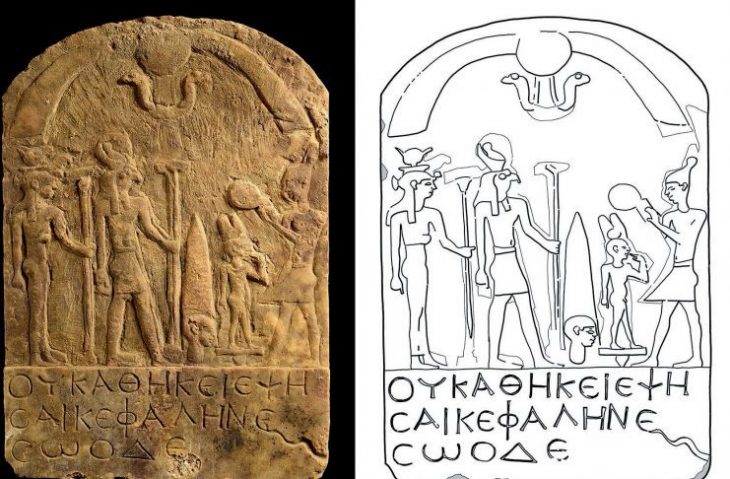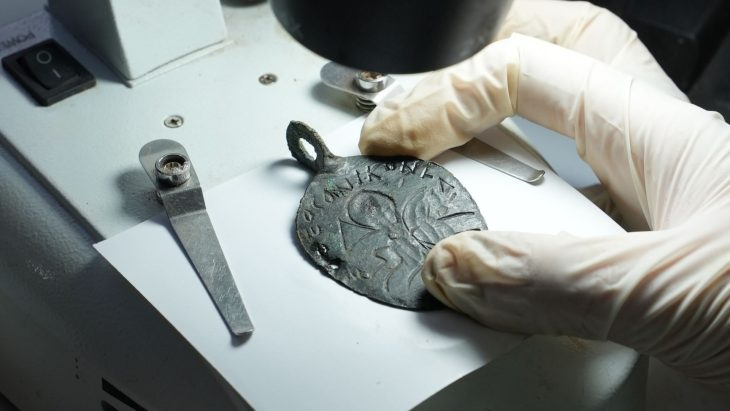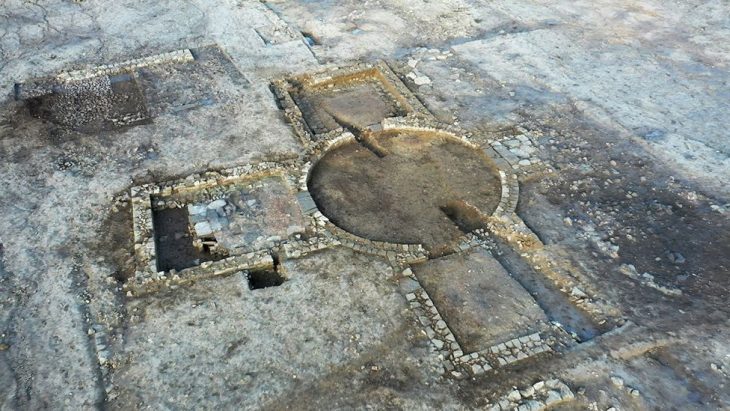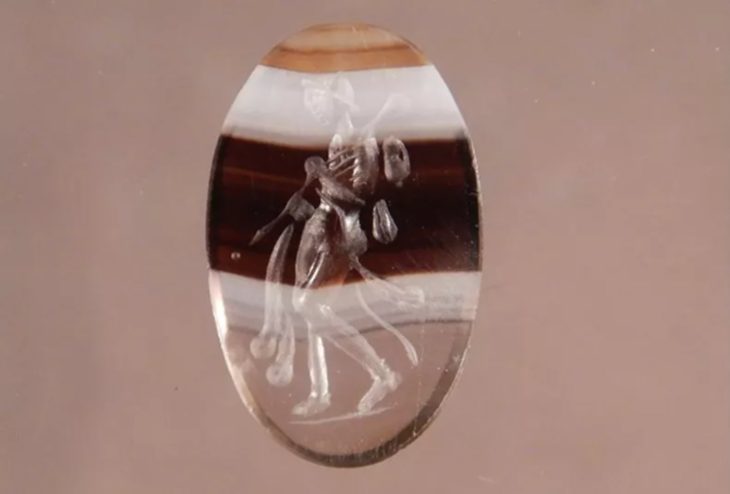A 1,600-year-old historical church was unearthed during the excavations in the Ancient City of Priene, located in the western province of Aydın, in western Turkey.
In the ancient city, where excavations were started by German archaeologists in 1895, various structures from temples to theaters, from agora to public buildings to shops and educational buildings have been discovered since then. Finally, the oldest church in the region was added to these structures.
Ali Altın, an academic at Bursa Uludağ University, told Anadolu Agency (AA) that the church was probably the oldest in the region, and unlike the other churches and temples discovered before, it was built for mass worship by the first Christian communities in the area.
“We found out that the ground of the church consists of small-sized stones brought together, which were covered with mosaic adorned with geometric motifs,” Altın said and noted that the inner walls of the building were covered with paintings lengthwise.
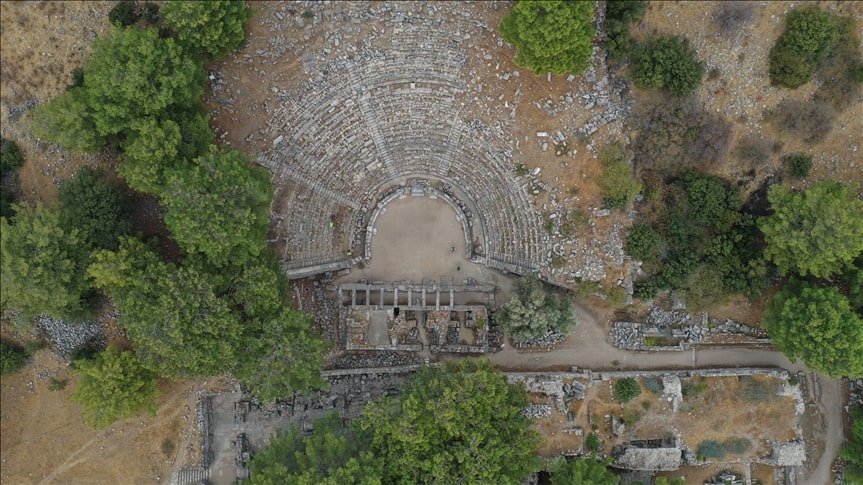
“These wall paintings consist of several different layers, which tells us that the church was used starting from the first phases of early Christianity period up until late periods of the Byzantine era,” he added.
📣 Our WhatsApp channel is now LIVE! Stay up-to-date with the latest news and updates, just click here to follow us on WhatsApp and never miss a thing!!
Situated in an area used as a cemetery, the rectangular-shaped church also known as the “Pompeii of Anatolia” is of great importance as it was built by the first Christian community in the Priene, studies reveal.
Priene, known as a region where science and arts flourished, was also home to famous Greek philosopher Bias of Priene, one of Greece’s Seven Sages, Altın said.
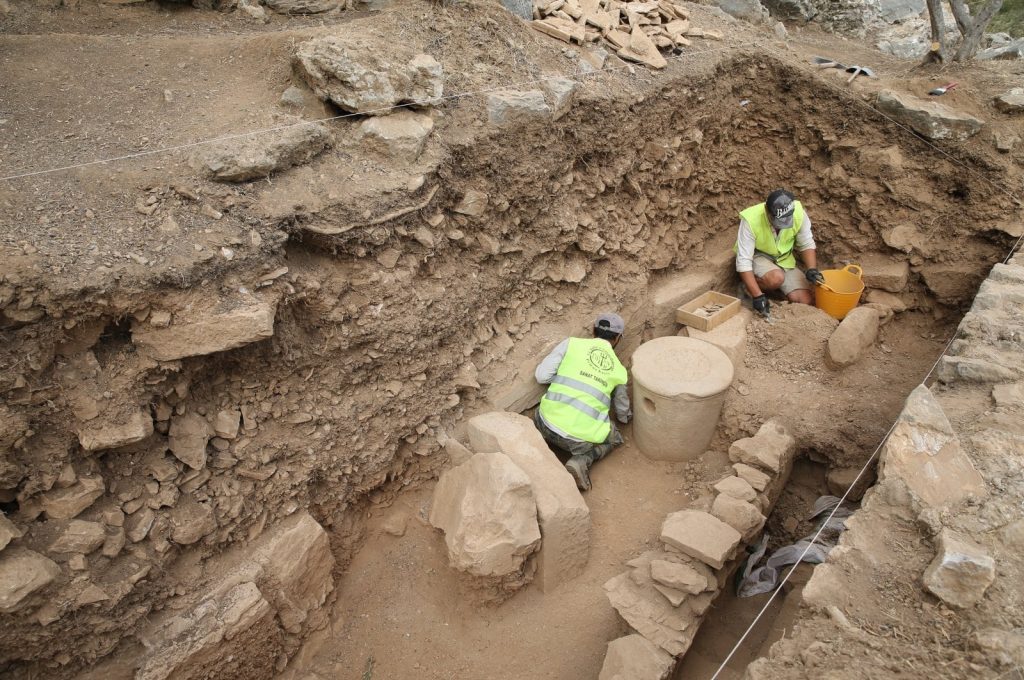
Priene, founded by the mythical Aegyptus, flourished approximately 550 BC before being conquered by Cyrus of Persia in 545 BC. Around 300 BC, it served as a hub for the Ionian League’s operations. It eventually became a Roman, then a Byzantine city, and was still thriving until it was conquered by the Turks in the late 1200s.
Priene, 30 kilometers south of Kuşadası and 35 kilometers south of Selçuk (Ephesus), was one of the first cities in the world to have its streets planned out on a grid pattern, a concept derived from neighboring Miletus.
The ancient city attracts attention with the Temple of Athena Polias, a theater, the Temple of Demeter, a council house, the Sanctuary of Egyptian gods, and a Byzantine church.

